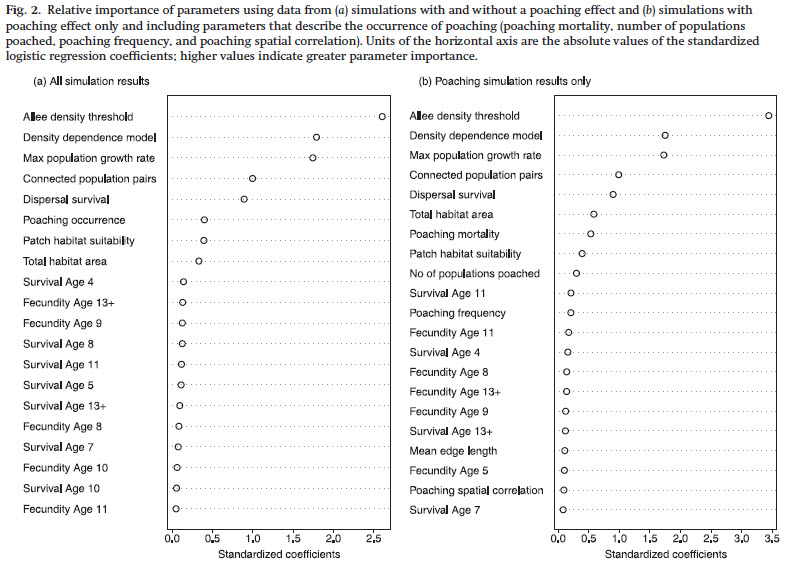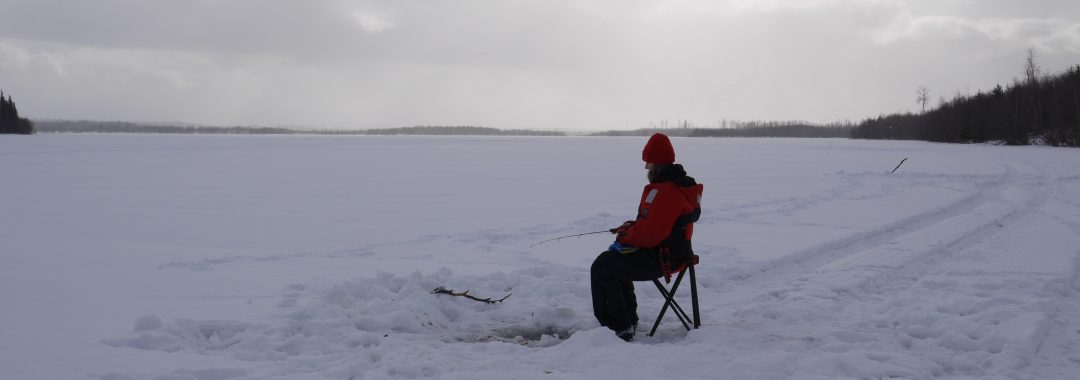Abstract:
We developed a spatially explicit simulation model of poaching behaviour to quantify the relative influence of the intensity, frequency, and spatial distribution of poaching on metapopulation viability. We integrated our model of poaching with a stochastic, habitat-based, spatially explicit population model, applied it to examine the impact of poaching on northern abalone (Haliotis kamtschatkana) metapopulation dynamics in Barkley Sound, British Columbia, Canada, and quantified model sensitivity to input parameters. While demographic parameters remained important in predicting extinction probabilities for northern abalone, our simulations indicate that the odds of extinction are twice as high when populations are subjected to poaching. Viability was influenced by poaching variables that affect the total number of individuals removed. Of these, poaching mortality was the most influential in predicting metapopulation viability, with each 0.1 increase in mortality rate resulting in 22.6% increase in the odds of extinction. By contrast, the location and spatial correlation of events were less important predictors of viability. When data are limited, simulation models of poaching combined with sensitivity analyses can be useful in informing management strategies and future research directions.
Citation: Camaclang, A.E., Curtis, J.M.R., Poesch, M.S., and M.A. Koops. 2017. Modelling the impact of poaching on metapopulation viability for data-limited species. Canadian Journal of Fisheries and Aquatic Science 74: 894-906.

Also Read:

